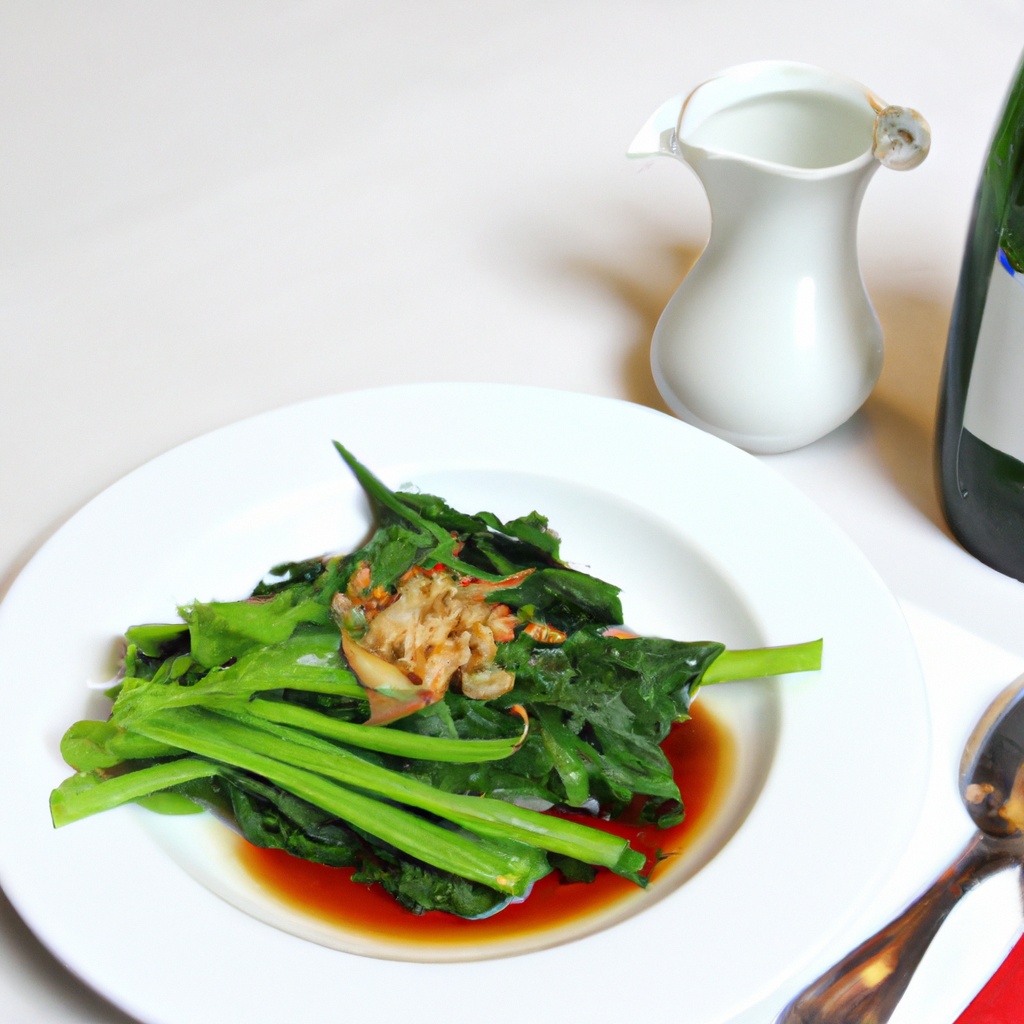PROS
Kangkong stir fry is a highly nutritious vegetable dish that is packed with vitamins and minerals, such as vitamin C, vitamin A, and iron.
Additionally, it is very low in calories and fat, making it an excellent choice for people who want to lose weight or maintain a healthy weight.
It is also vegan and gluten-free.
CONS
Kangkong stir fry is a bit tricky to cook as it can easily become overcooked and soggy.
Additionally, some people may not enjoy the slightly bitter taste of kangkong.
Finally, some individuals may have an allergic reaction to kangkong, so it is essential to be careful when introducing it to your diet.
HEALTH & BENEFITS
Kangkong, or water spinach, is incredibly nutritious. It is an excellent source of vitamins A, C, and K, as well as iron, potassium, and calcium. These vitamins and minerals are essential for maintaining healthy bones, skin, and teeth, among other things. Additionally, kangkong is rich in antioxidants and has anti-inflammatory properties that can help reduce the risk of chronic diseases, such as heart disease and cancer.



/rating_off.png)
Leave a Reply